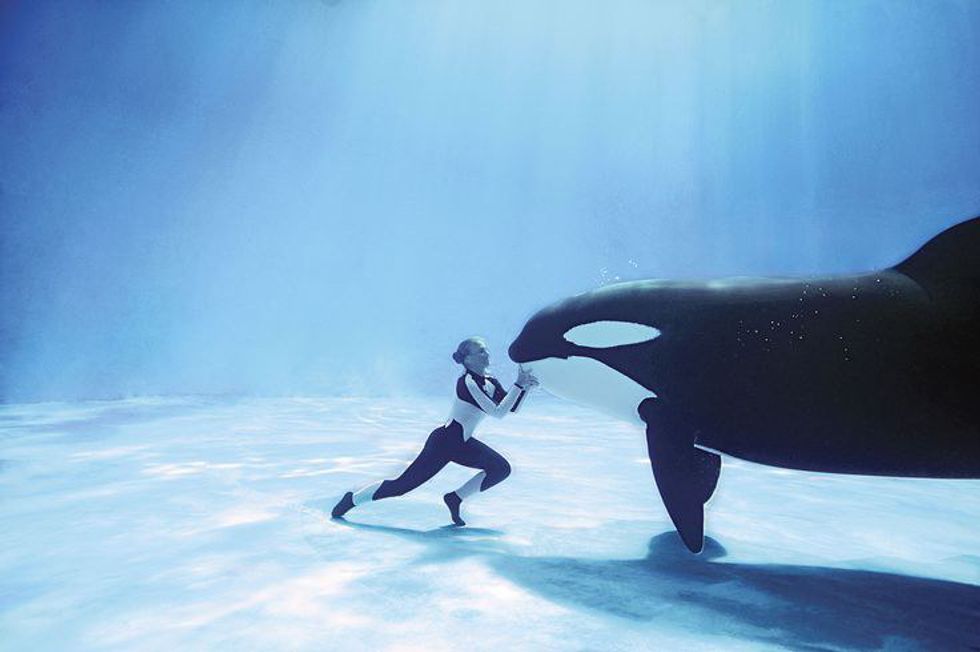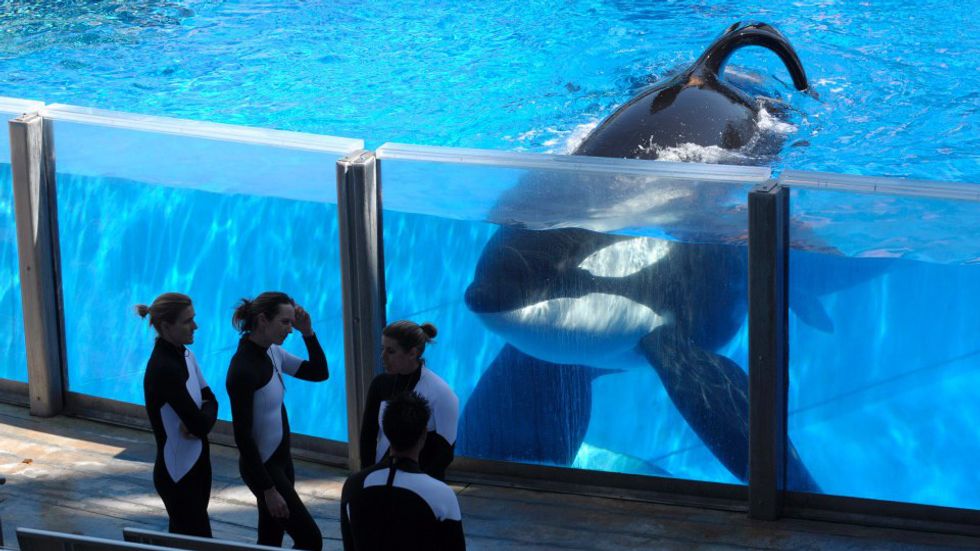After being subjected to heavy criticism throughout the years for holding orcas in captivity, SeaWorld finally announced this week that they will no longer have killer whales performing in their shows - in San Diego that is.
By 2017, SeaWorld’s San Diego park will focus on having the orcas in a more natural and organic setting for the public to enjoy. Other recent changes for the marine park corporation include a future plan for the expansion of the orca tanks and a California ban on breeding the animals. SeaWorld has been trying to revamp their image in a more positive light after many activists and scientists started to expose how captivity is an inhumane act against orcas and other cetaceans.
Recommended for you
While it was always an issue since the ‘60s and 70’s when marine parks became prominent, it wasn’t until Dawn Brancheau’s death in 2010 to Tilikum the orca and the documentary Blackfish that marine parks started to be become affected by the public becoming more aware of captive cetacean health. While it’s not a bad decision that SeaWorld is trying to make the environment more acceptable for the orcas, it still avoids the main goal that animal lovers have been pushing for all along - the rehabilitation and release of the animals.
It shouldn’t come as a shock that the parks are trying their best to hold on to the orcas. They’re the stars of the show and the main part of the industry’s brand. While many of us know the negative effects of captivity, it would be a lie to say that marine parks didn’t help change the public image of the Orca Whale. Thanks to their increase in popularity from the 1970’s and beyond from being exposed in marine parks, what was originally seen as “deadly, savage murders” was soon changed to “playful, docile and intelligent creatures”. It’s important to give credit where it’s due, however, it would also be a lie to say that people aren’t able to learn and educate themselves about the animals from afar, especially when the marine park method has long been dangerous to the lives of both the animals and the trainers.
Documentaries, whale watching trips and now the internet allows us to get close to these beautiful and extravagant creatures without disturbing their habitat or taking their lives away from them. To truly experience an animal like the orca, watching them in their natural habitat is by far the best method - wild, healthy and performing naturally according to the behaviors they were taught.
While marine parks have long been a way to connect with these creatures, they have also been a destructive force behind many cetaceans deaths and trauma thanks to the brutality of animal captures. At the end of the day, what drives the marine parks such as SeaWorld is the business and trade of capturing animals for profit and putting them on display for the public. While SeaWorld may be trying to make the experience more healthy for the orcas, it will never compare to where they rightly and truly belong - in the wild waters with their families.




















